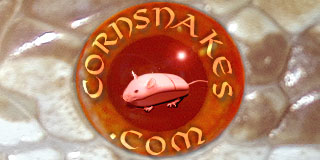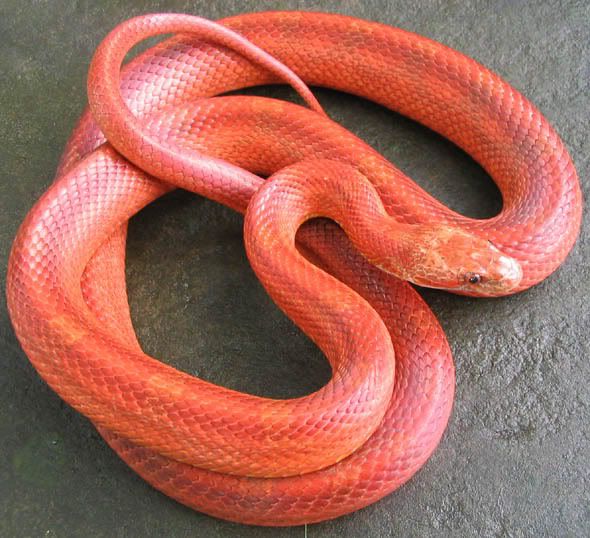I'm not sure what masque is offhand, so I'll pass on that for now.
How I look at it is bloodred and diffused are often used interchangeably. I.e. "Granite" = bloodred anery. However, I think that a true "bloodred" is your basic deep red normal bloodred animal, when you add other colors to it I prefer to think of it as diffused because it is no longer that same bloodred "morph". So I prefer to think of a "Granite" as a diffused anery...but I myself even use the terms interchangeably (bloodred vs diffused). Wow, I think I might have just confused even myself :rofl:
Hmm. I guess just think of the "trait" as diffusion/diffused. When you have anery, or lavender, whatever mixed with it, it is diffused. I think of the bloodred as the diffusion + the normal deep red color, kind of like a selectively bred animal I suppose. But you just have to get used to it that bloodred is often used to describe diffusion in animals. I guess I probably agree with what tspuckler was saying.
Sorry if that was confusing, I can't make coherent sentences today.

